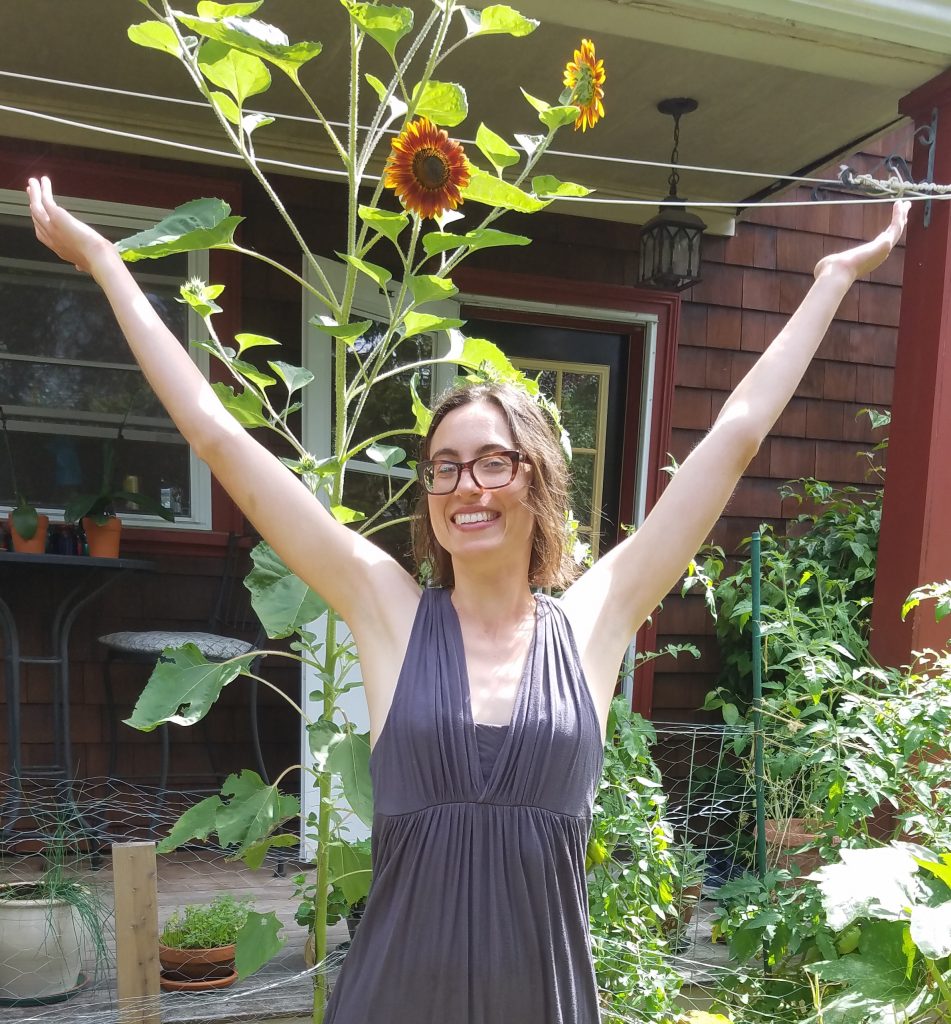
For a few years running, there has been minor scandal about Joe Biden’s wife. Jill Biden has a doctorate in education from the University of Delaware, and requests that she be addressed under her formal title: Dr. Biden. While the Obama White House listed her as “Dr. Jill Biden” on their official website, several newspapers, including the New York Times, refused to honor her wish, referring to her as “Mrs. Biden.” The Washington Post remarked that it reserves the title of Dr. for medical professionals, “if you can’t heal the sick, we don’t call you doctor.” While there is ample room for sexism in refusing Dr. Biden her proper title, there is also a long history of intellectual warfare between the arts and the sciences.
As the child of two physicians, I spent a lot of time defending my choice not to go to medical school, and instead pursue a PhD. When I earned my doctorate from the Department of English at NYU in the spring of 2019, I got a lot of well-meaning jokes about which Dr. Adams was the “real” doctor. It turns out the punchline might require a bit of medical history. At the Society for Literature, Science, and the Arts conference last fall, a colleague told me that in the eighteenth century, it was reversed, “We were the real doctors, and they were not.”
I like to imagine myself as someone who, like C.P. Snow, has a foot in each of these “two cultures”: standing with the “real” doctors of the past and the present. Snow argued in 1959 that the intellectual life of Western culture was increasingly being split into two groups, the humanists and the scientists, who were utterly failing to communicate with each other: “one found Greenwich Village talking precisely the same language as Chelsea, and both having about as much communication with M.I.T. as though the scientists spoke nothing but Tibetan.” He observed this division not through an anthropological study of academic communities, but through the idiosyncrasies of personal experience: “plenty of days when I have spent the working hours with scientists and then gone off at night with some literary colleagues.” I, on the other hand, spend my working hours researching the Harlem Renaissance, and my evenings drinking with scientists (or at least I did before our current pandemic). Snow is a double agent: a scientist by day and a writer by night. I am another, newer kind of operative: a medical humanist.
I have crafted a scholarly identity that combines literature and medicine with the goal of speaking a language understood on both sides of the cultural divide. My dissertation, The Body Electric, examines the role of medical technology in American literature, from mesmerism to electroconvulsive therapy, Walt Whitman to Ralph Ellison. Sharing this research with a wider audience, I recently published a piece on the medical history of vibrators. In it, I argue that vibrators were asexual medical quackery from the 1890s to the 1970s when feminists repurposed them for masturbatory liberation. Last spring, I worked with my peers to organize a conference on the cultural history of pharmacology, where we heard papers about anesthesia in nineteenth-century American novels, the opium trade in colonial Korea, and crisis nursing at twentieth-century rock concerts. The conference confirmed my suspicion that the amazing material history of medicine deserves a wider audience.
The Medical Heritage Library brings an extraordinary range of material from the history and culture of medical science to the broader reading public. Scores of freely available, digital resources in the MHL collections, from medieval accounts of plague and quarantine, to early twentieth century studies of eugenics and “race suicide,” speak directly to our contemporary moment, and have a valuable role to play in shaping public discourse. As the Summer Outreach Fellow, I look forward to extending the MHL’s mission to share these resources with humanists and scientists alike, building a common language among the multiple, vibrant, cultures of the broader reading public





